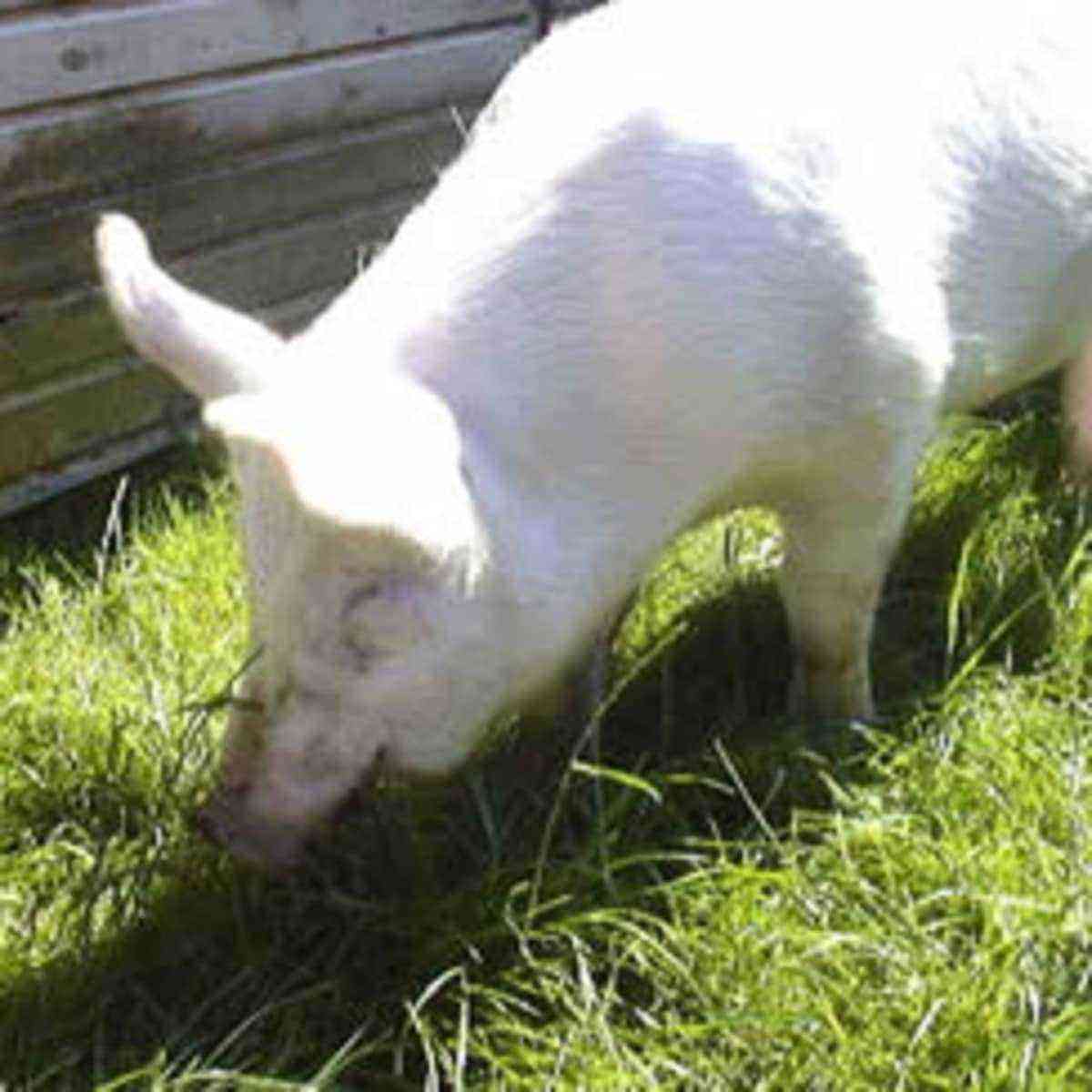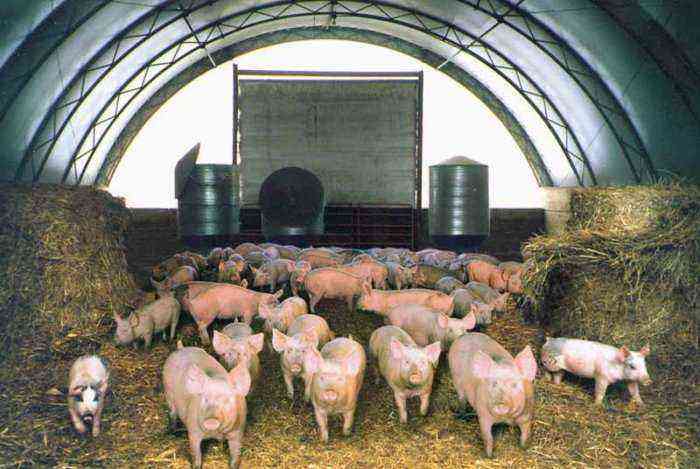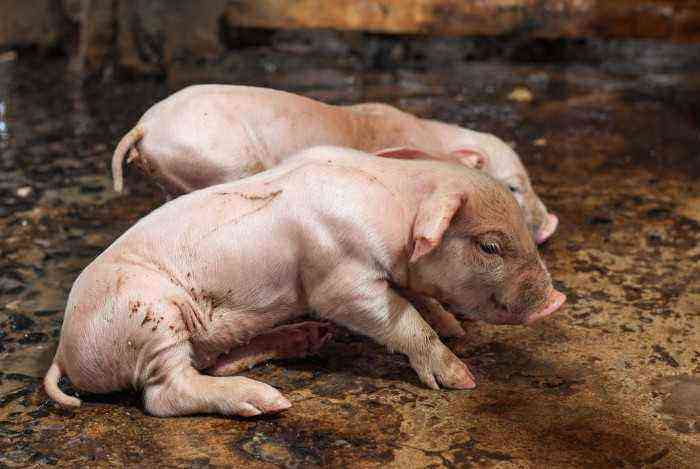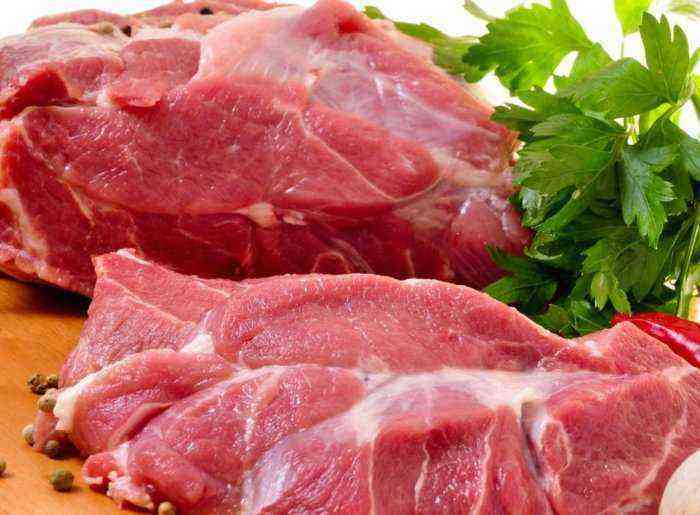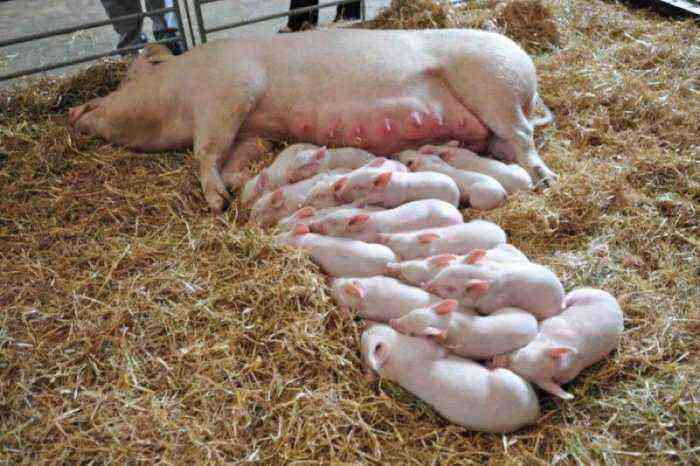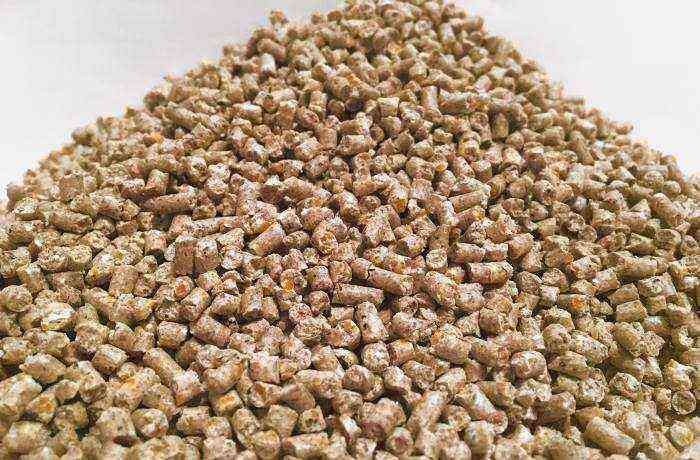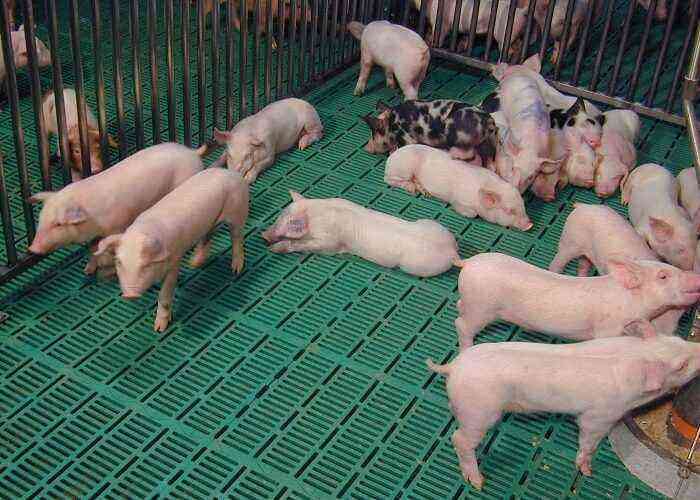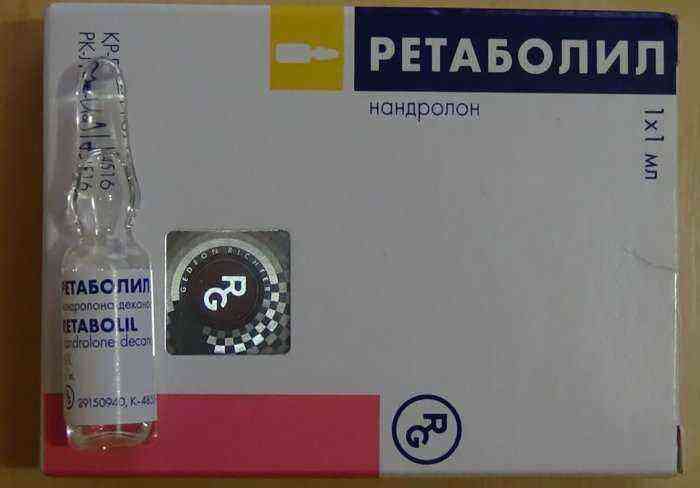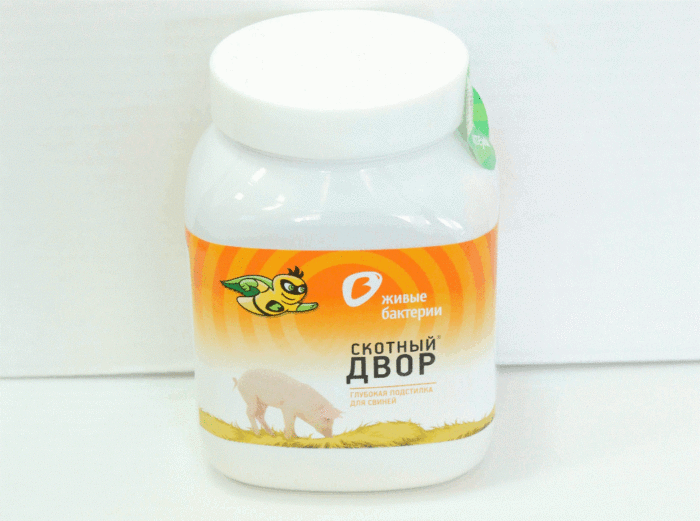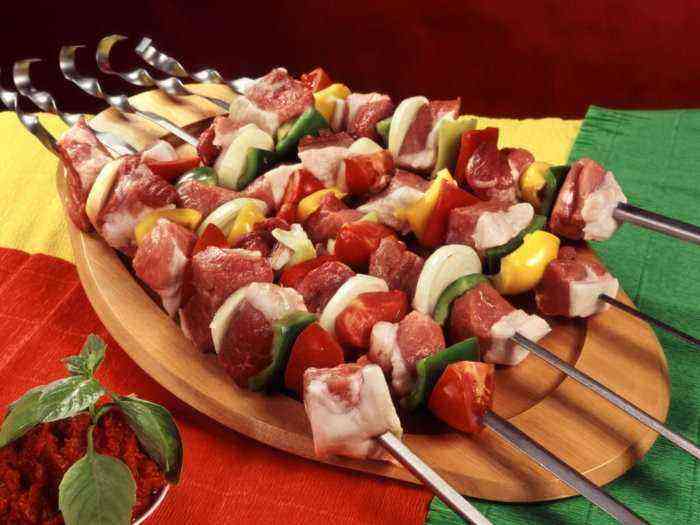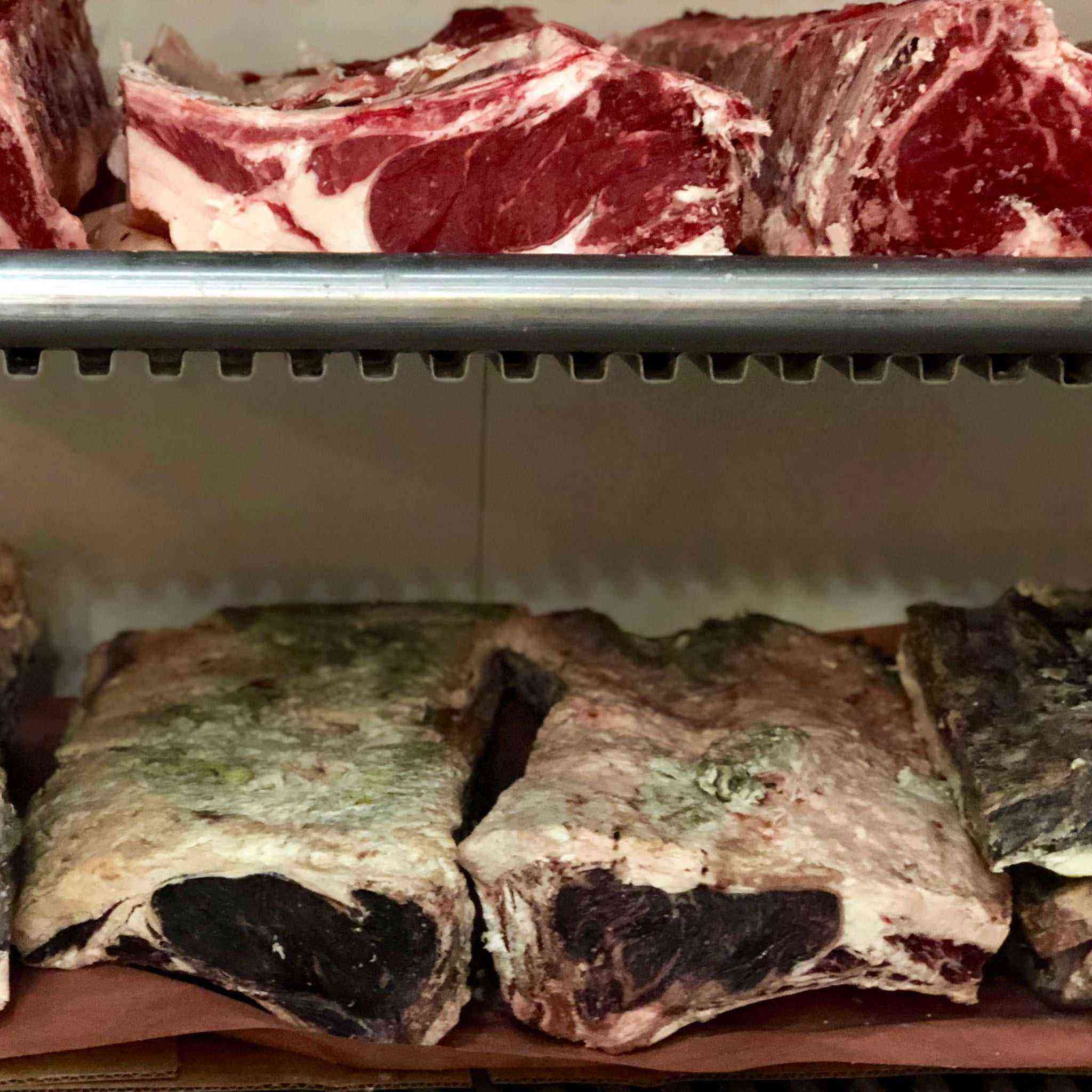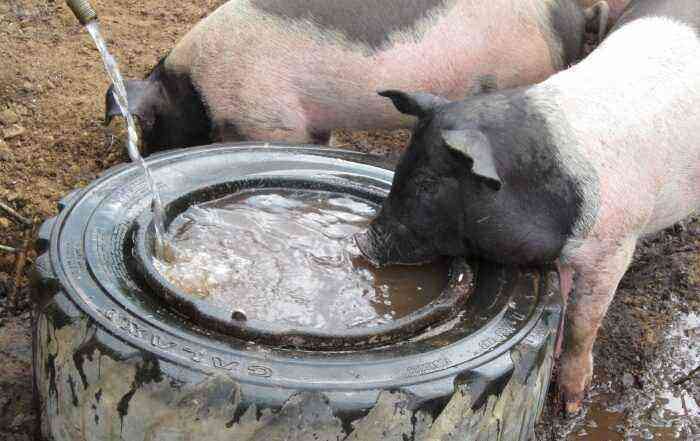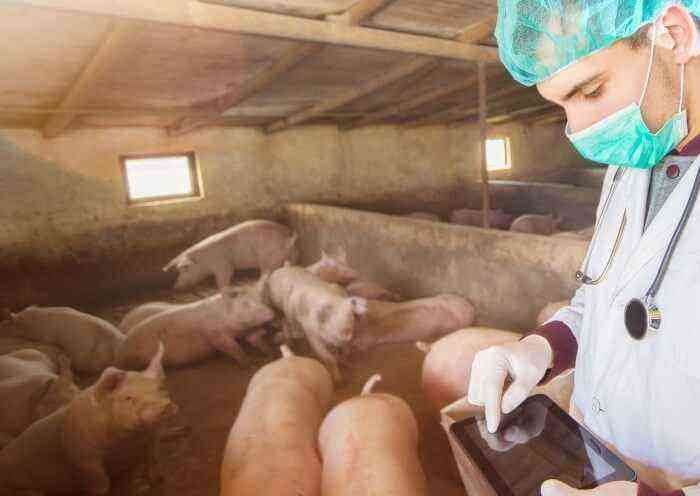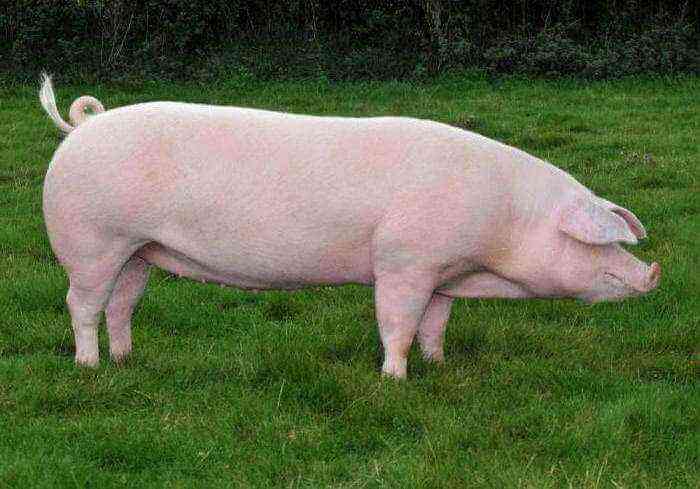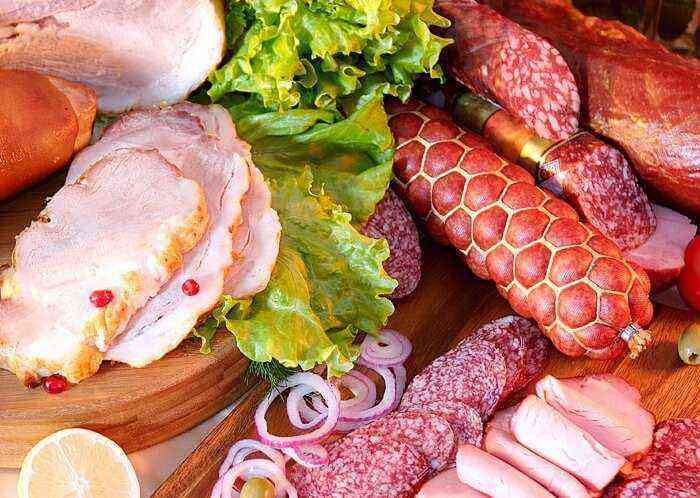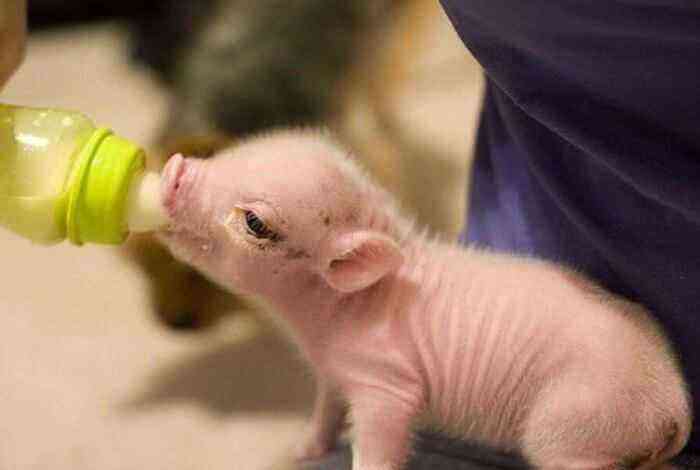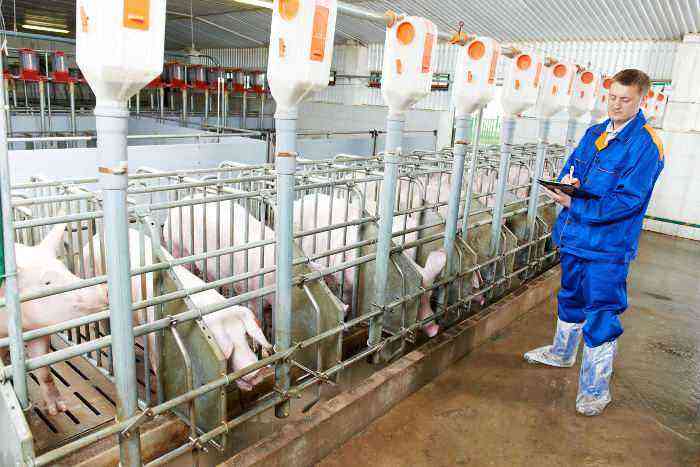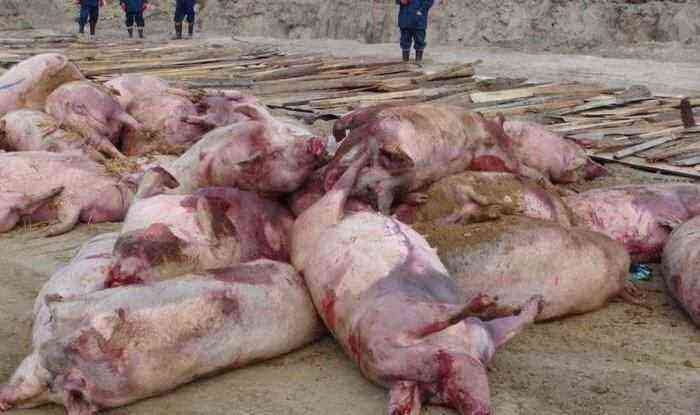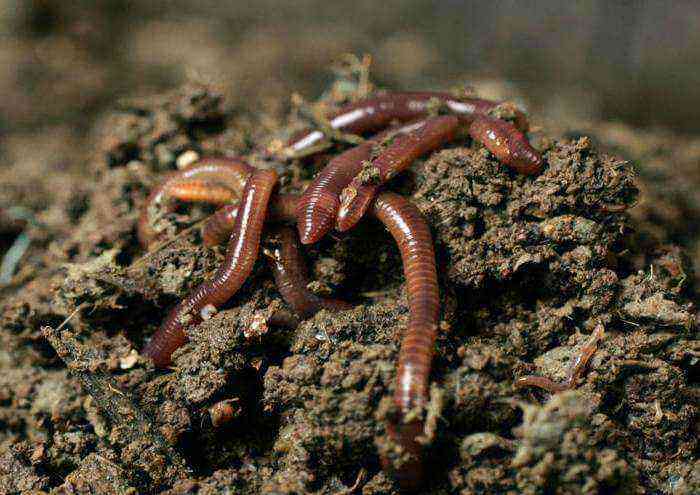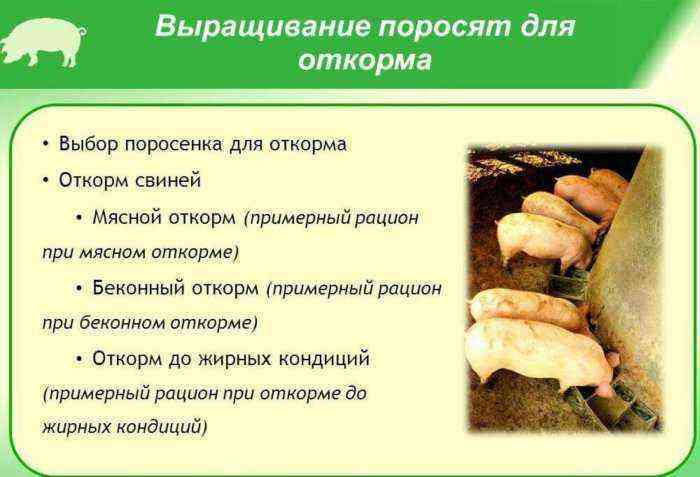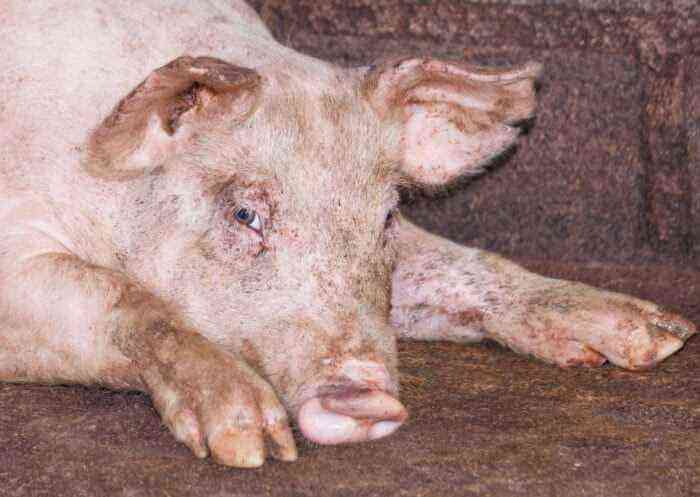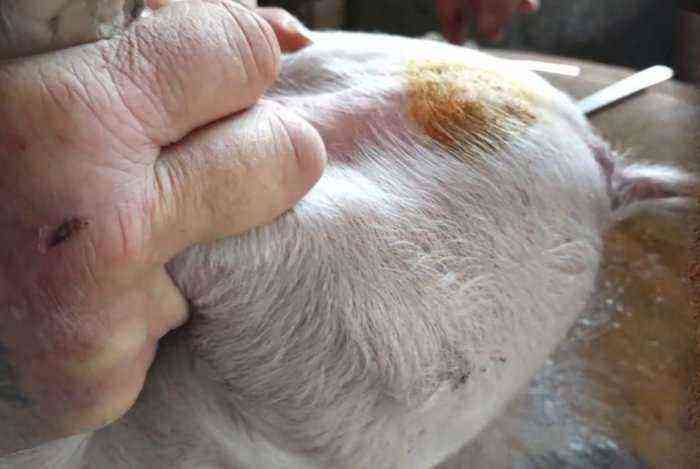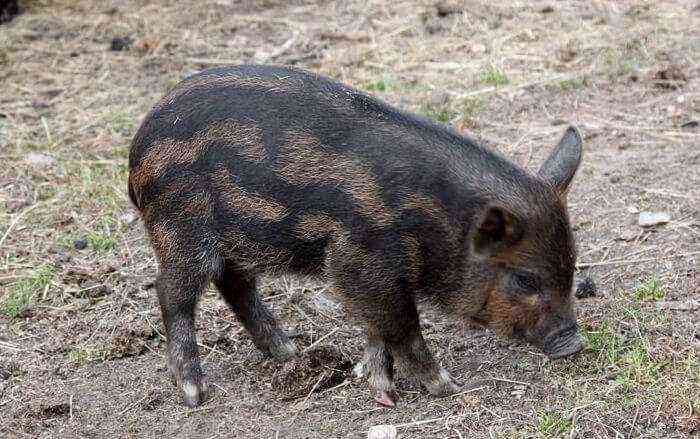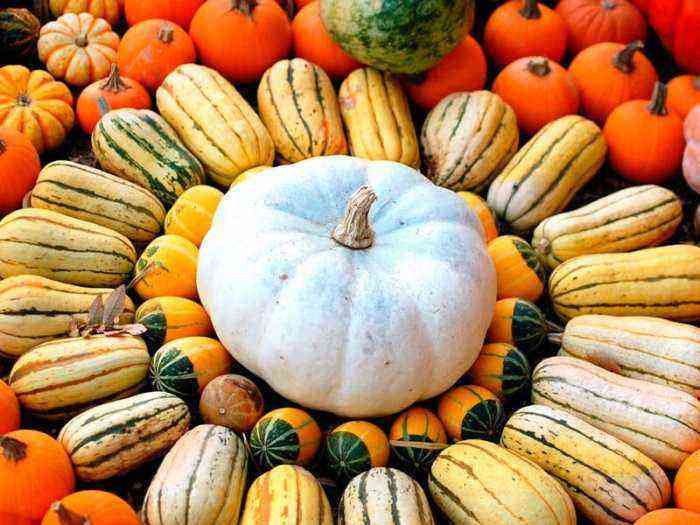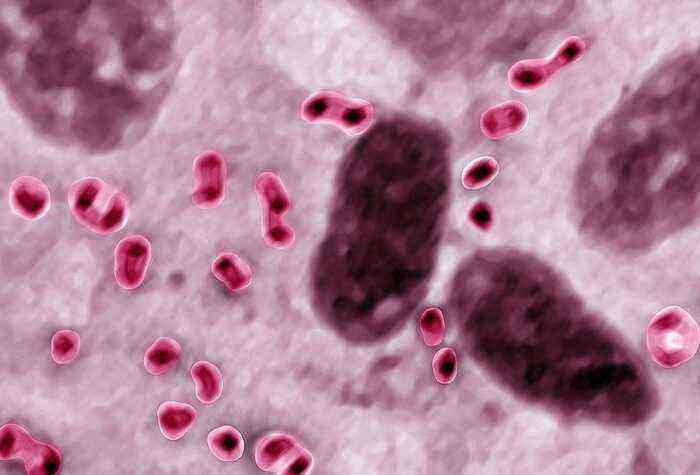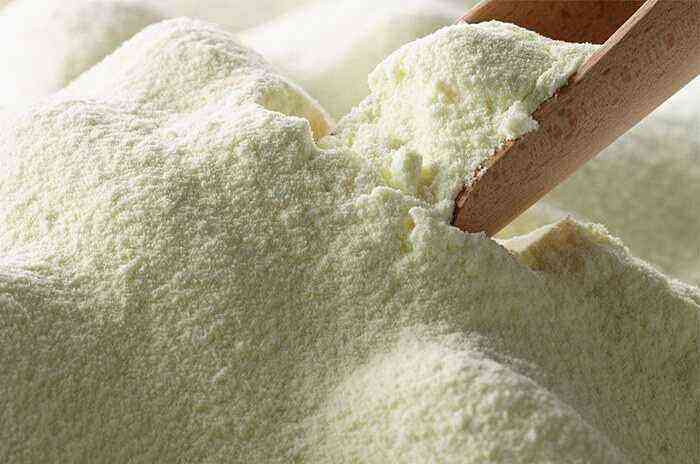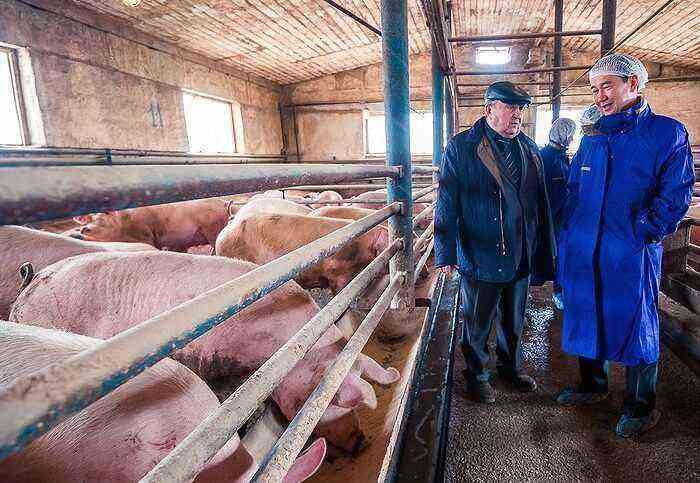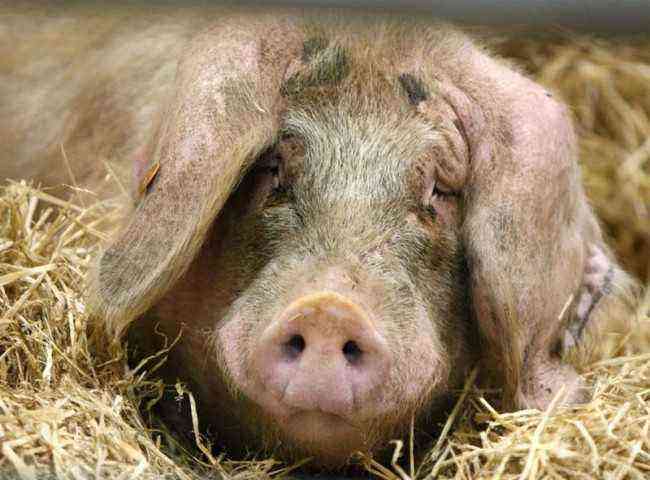Summer camp keeping of pigs is characterized by certain specifics and represents a huge reserve for increasing productivity and increasing the production of pork with a significant reduction in its cost. It makes it possible to obtain an additional number of piglets in the spring-summer period, fatten part of the young during the summer using cheap green and succulent fodder and sell it this year, and sell part of it to the population.
Summer maintenance contributes to the improvement of animal health, better development and preservation of young animals, and an increase in average daily gains. With a round-the-clock stay in the fresh air, exposure to sunlight, exercise and full feeding with the inclusion of juicy and green feed in the diet, animals increase the body’s resistance to diseases, the queens have a brighter hunt, the percentage of coldness decreases, multiple pregnancy and milk production increase, piglets are born stronger and viable. Summer-camp maintenance has a particularly favorable effect on piglets, which experience a complex effect of such natural factors as insolation, fresh air, exercise and green fodder. They have a 17% decrease in the incidence of the gastrointestinal tract, a 10% increase in yield to weaning.
Under camp conditions, labor costs for servicing animals are reduced, workers are released to care for them, and the consumption of concentrates is reduced by feeding animals a large amount of green and succulent fodder.
In combination with the long exposure of the animals to the fresh air, green fodder has a beneficial effect on both digestion and utilization of feed nutrients, as well as productivity. Fresh grass contains the whole complex of nitrogenous substances – from complex proteins to the simplest amides, easily digestible carbohydrates, macro- and microelements, vitamins and growth stimulants. The composition of the dry matter of green fodder includes: digestible protein – 20-25%, nitrogen-free extractive substances – 30-50, fiber – 10-15, fat – 4-5, minerals – 9-19%. 1 kg of dry matter of green fodder contains 10-30 g of calcium, 3-5 g of phosphorus, 250 mg of carotene, 15-20 mg of vitamin B12.
Such feed has a high nutritional value: 5-7 tons of green mass equals 1 ton of concentrates. And if we take into account that the green mass replenishes the rations with complete protein, some essential amino acids, vitamins and minerals that are lacking in the main feeds commonly used in feeding pigs, then its actual efficiency is 1,5-2 times higher. Among other things, the cost of one feed unit in green mass is much lower than in other feeds.
The daily norm of feeding green mass per head is: for lactating queens – 5-8 kg, pregnant and single queens – 2-6, replacement young animals – 3-4, suckling piglets – 0,5-0,15, weaned piglets – 1-2 and fattening pigs – 3-4 kg. In some recommendations, higher norms for feeding pigs with such feed are also given.
The consumption of green fodder must be increased in summer to 25-30% of the total nutritional value of diets in order to save scarce and expensive concentrates.
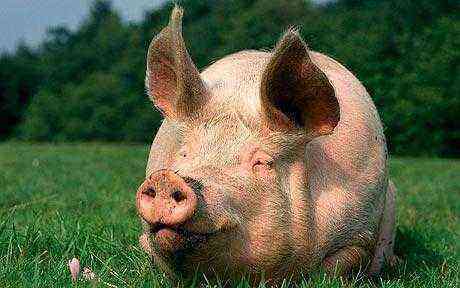
What is the best way to feed the green mass – from the feeders or on the grazing? It follows from the fact that grazing, in addition to feeding green mass with concentrates, is very useful for breeding animals, especially for rearing young and pregnant sows, since movement in the fresh air strengthens their health and lengthens the life of the animals. It is better for fattening pigs and weaners to limit movement and feed mowed grass, animals do not eat sluggish, non-juicy green fodder badly and, conversely, eat young grass with a low fiber content well.
Where it is impossible to allocate land for pastures, it is possible to organize a regime-range or free-range keeping of pigs with the delivery of green fodder and feeding them on the sites. The technique of distribution of green mass is important. You can not throw it on the floor at the feet of the pigs, as it is trampled, mixed with manure and goes to waste. Grass losses can be significantly reduced if it is chopped up and fed from feeders mixed with other ration components. It is even better to feed the green mass in a pasty form – it mixes better with other feeds and is more readily eaten by animals. For the preparation of green mass, you can use the Volgar-5 choppers, ISM-5,0, KPI-4, feed crushers IKB-1, DKU-M and others.
When grazing pigs, for a more complete use of the herbage, it is better to use the driven method of grazing in fenced areas with the use of electric shepherds. The breakdown of areas for pens is carried out at the rate of 5-6 days of grazing of animals on each of them. It should be based on the following norms of pasture area per animal per day (m2): for queens – 8, for replacement pigs – 3-5, for young animals up to 4 months – 1,5-2,5 and over 4 months – 2,5 -4.
It is necessary to graze pigs twice a day in the cool time of the day, for a total of at least 4–5 hours. Grazing pigs should be accustomed gradually.
For the organization of pastures and their rational use during the spring-summer period, it is necessary to have crops of several crops suitable for pig breeding, their alternate feeding creates a green conveyor for pigs. We can recommend the following set of crops for the green conveyor: winter rapeseed, winter rye, alfalfa, winter wheat with vetch, oat-pea-pea mixture, soybean, Sudanese, pumpkin, stubble corn.
In camp-pasture conditions, watering of animals plays an important role. The daily loss of water through the skin and lungs in hot weather in pigs with a live weight of 100 kg is 2,5 kg, in a newborn piglet – about 0,1 kg. The amount of water consumed by pigs in the summer per day is approximately 8-10% of their live weight. Therefore, pigs need to be watered with clean water until their thirst is completely quenched. Better to underfeed a pig than underfeed.

